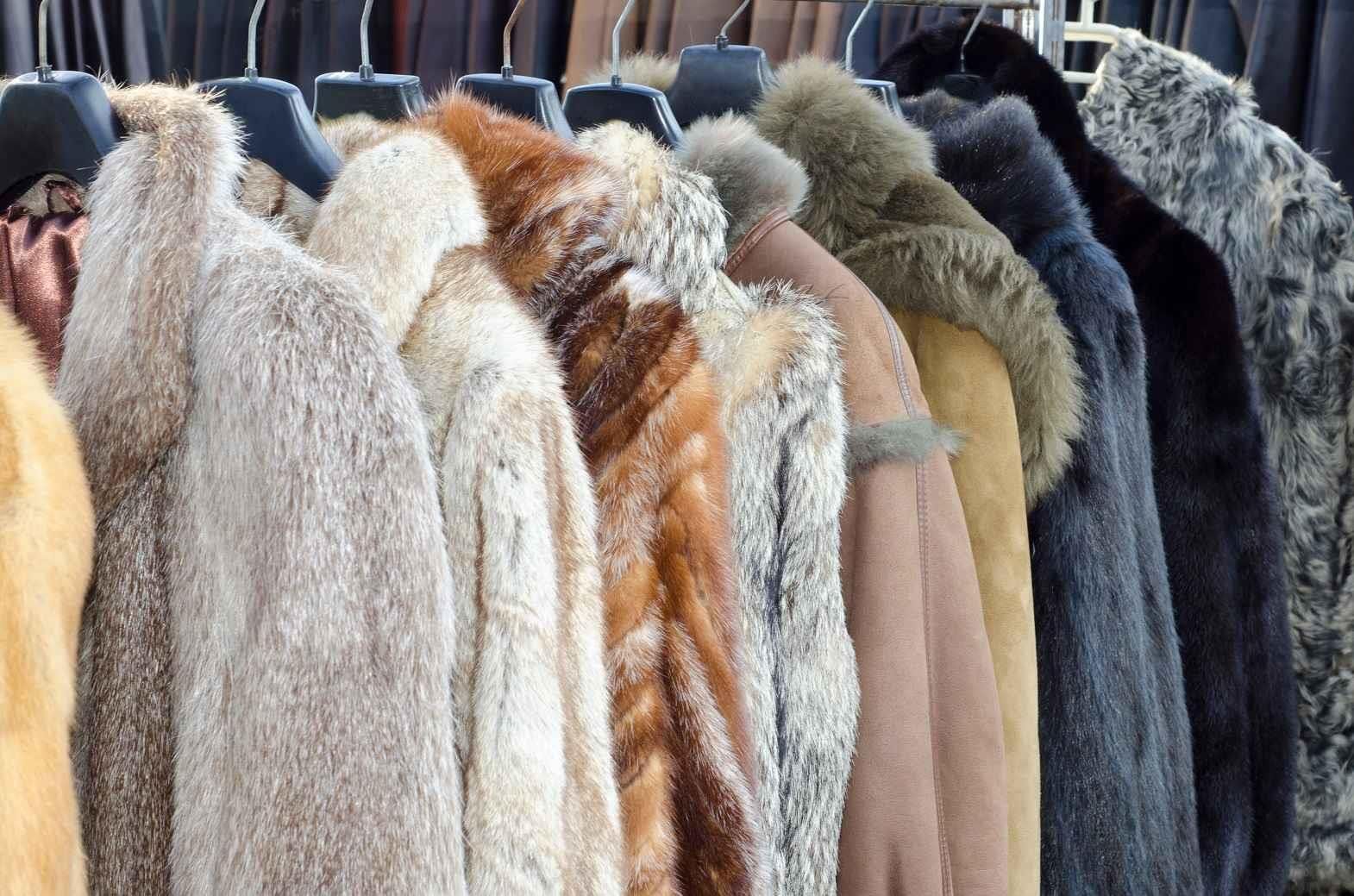Not long ago, fur was regarded as a status symbol. It was expensive, classy, and always in demand. It was easy to get an original fur dress without much ado. Today, fur is still expensive and classy, but with animal rights activists disapproving of furs, it is, in point of fact, more difficult to obtain original furs. Nonetheless, the fur market is still flourishing, as fashion houses have to meet the rising demand for garments adorned with original furs.
While alligator, bear, beaver, bird of paradise, cheetah, civets and genets, deer, fox, Geoffroy's cat, pony skin, rabbit, snake, tortoise, zebra, etc. have been poached for their skin, furs of some other animals like fur seals, vicuna, otters, and spotted cats are admired in the fashion world. These furs are rare and come at high prices; still, it does not deter customers from buying them.
The fur of the Guadeloupe Fur Seal and the Phillip Fur Seal is valuable. The vicuna is a close relative of the domestic llama, and the graceful vicuna was protected by the Inca chiefs who used its fur for royal garments. The vicuna was sheared or shaved for its fine wool. Otters also have amazing fur. Their short glossy fur commands a high price. Spotted cats, including jaguars, ocelots, cheetahs, margays, and tigers, are among the animals whose fur is sold at high prices. Some other rare furs that fashion designers have incorporated into apparel were from the Falkland Island Fox and the North American Sea Mink. However, these animals have now become extinct. Other rare animal furs include the koala, the kangaroo, and the platypus.
The consumers' and the designers' interest in fur is continuously growing, as original fur is a trademark for luxury apparel. The unique feel and visual appeal, along with manufacturing innovations and creative adaptability of fur, have made its role as a key fashion trend all the more important. Mink fur is the most popular fur worldwide, comprising 70 percent of all the fur sold at retail stores. Among the other fur types exhibiting growth is broadtail, which has seen an increase in use for both outerwear and ready-to-wear looks. Fox and beaver, popular for trims, have also experienced growth.
Today, approximately 55 percent of fur buyers are under the age of 44 years. One in five women in the U.S.A. owns a fur coat. Designers have also explored the applicability of fur in men's fashion, and over the past several years, the market has experienced significant gains in sales of men's fur fashions, which now account for nearly 5 percent of total fur sales.
The sale of fur has gone up by 27 percent compared to the sales in the 1990s. Fur has gained recognition as a luxury textile, and today, nearly 500 international designers include fur in their collections. Apart from conventional fur stores, furs are now also available in major high-end department stores, designer boutiques, and retail houses.
Nevertheless, in 2006 and 2007, the fur sales experienced a drop, following the economy. This was ensued by the economic downturn of 2008 and 2009 that impacted retail and luxury retail across the board. The fur industry reported plunge of 7 percent in 2008-09. Still, the industry outperformed other relatable categories including luxury apparel, coats and jewelry that experienced decline of 1530 percent during this same period.
There are approximately 1100 retailers and 100 manufacturers in the U.S. In the global fur market, the U.S. ranks among the top countries for retail fur sales. Other frontrunners include Italy, Russia and China. The U.S. fur sales for 2012 were $1.27 billion. The sales of accessories, trims and smaller fashion items including vests and short jackets remained strong. Global fur sales increased 4 percent to $15.6 billion driven by growth in Asian markets and increased designer use.
Globally, China is the biggest fur trade, production and processing centre. As per calculations, China produces as much as 80 per cent of global fur and is also the largest exporter of fur clothing. Most of the mink fur, which is the most popular among all furs, is produced in Denmark. The Netherlands are the third largest producers of mink after China and Denmark. The fifth largest mink producing country in the world is the U.S.A.
While Europe is a major consumer of fur produced in China, the Norwegians actually export a significant proportion of their fur to China. This is because it is more sought after than their domestically-produced fur.
In some countries, fur farming is banned like in the UK, Austria and Croatia. Other countries like Switzerland have legislation that effectively outlaws fur farming. The EU, U.S.A. and Australia have each banned the trade in fur from dogs and cats. In addition, the USA, and, more recently, the EU, has banned the trade in fur from seals. Denmark has recently banned fox farming, but continues to be the world's second largest producer of mink fur.
Though there is increasing awareness regarding animal rights and there are laws to protect the wildlife, still the fur business is flourishing. Fur is the oldest fabric known to the mankind. It is sustainable, natural and durable. The styles, grace, comfort and flair that the fur offers is inimitable, this explains the rising demand for rare furs.
References:
1. Vintagefashionguild.org
2. Fur.org
3. Wspa-international.org








Comments